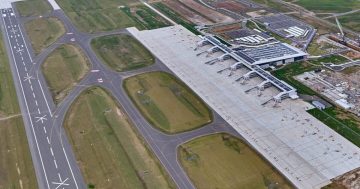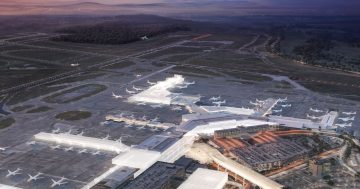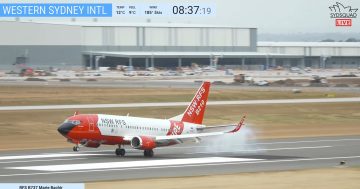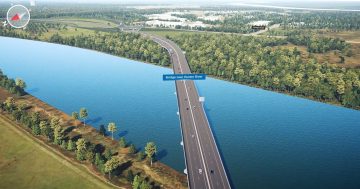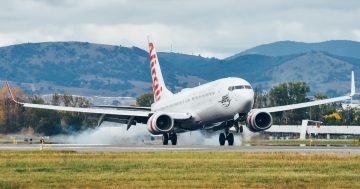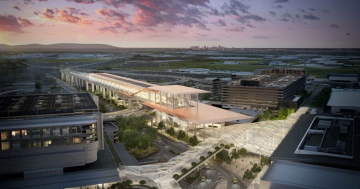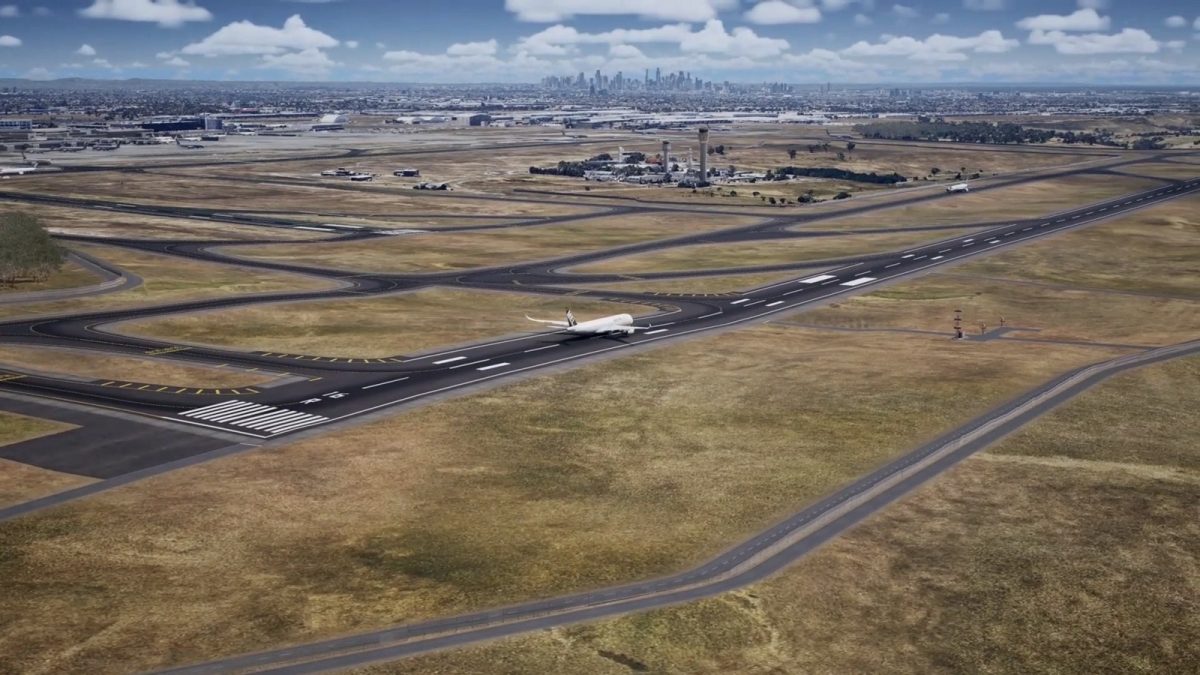
Concept art of the new runway looking southeast towards Melbourne, with the terminals at left. Image: Melbourne Airport.
Plans for a long-awaited third runway for Melbourne Airport have been approved by the Federal Government.
In a statement, Minister for Infrastructure, Transport, Regional Development and Local Government Catherine King said the new runway would allow Melbourne Airport to cater for the demand of a growing city, providing better access for freight and passengers and driving economic growth for years to come.
The new 3-km runway will be aligned parallel to and about 1.5 km west of the current 3.6-km north-south runway 16/34 to take into account the prevailing winds, with the control tower and airport fire services occupying the land in between.
The new runway will have a parallel taxiway, and perpendicular taxiways at both ends and at midfield for aircraft to taxi to the terminal area.
“Throughout my consideration of this proposal, the needs of the local community have been front of mind,” Ms King said.
“That is why I have imposed certain conditions on Melbourne Airport in order for the third runway to proceed.”
These conditions include a slight shortening of the 2.2-km east-west cross runway 09/27, the design and implementation of a noise sharing and airspace plan, the implementation of a noise amelioration program for affected communities particularly around Keilor Park and Buller, and the conduct of a community health study into the impacts of noise before and after the runway is built.
“My decision to require that the airport maintain sufficient capacity on the existing east-west runway is to support effective noise sharing at Melbourne Airport, so that no one community bears the brunt of the airport’s growth,” Ms King said.
“The noise sharing plan will be developed by the airport, and in consultation with local communities, over the years to come.”
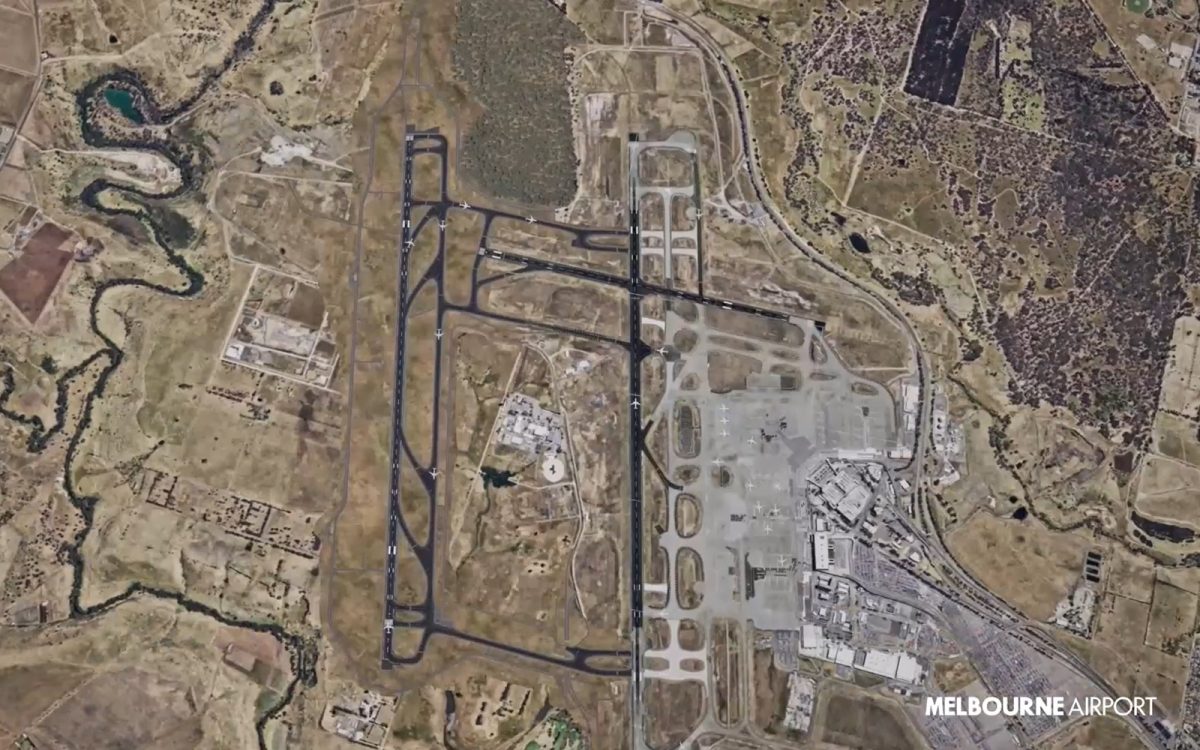
The third runway will be located about 1.5 km west of the current north-south runway. Image: Melbourne Airport.
The $3 billion project is being entirely funded by Melbourne Airport. With Melbourne expected to overtake Sydney as Australia’s largest city later this decade, demand is expected to outstrip capacity during the weekday and morning and mid-afternoon peaks by 2026.
The runway will facilitate more than 136,000 additional aircraft movements and a 40 per cent increase in passenger numbers to nearly 60 million per year, as well as the movement of additional air freight.
In conjunction with Airservices Australia, the airspace around Melbourne will also need to be redesigned to accommodate the new runway and to deconflict with air traffic from the nearby Essendon Field Airport.
“One of the other things we’ve done as part of conditions is ensure that that airspace design or redesign has to be done in consultation with Essendon Fields Airport – again, an important airport in that community as well,” Ms King said. “This is the strictest set of conditions on any development of this kind.”
While the east-west runway will likely see a reduction in use, it will be available for smaller aircraft and when westerly winds make the main runways unavailable or difficult to operate from.
Work is expected to commence in 2025 and be completed in 2031 and the runway will open only after a period of testing and new airspace procedures are in place.


